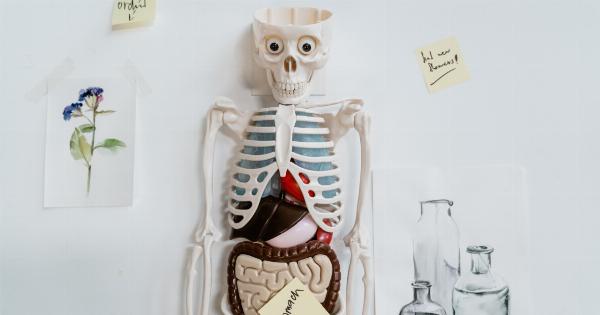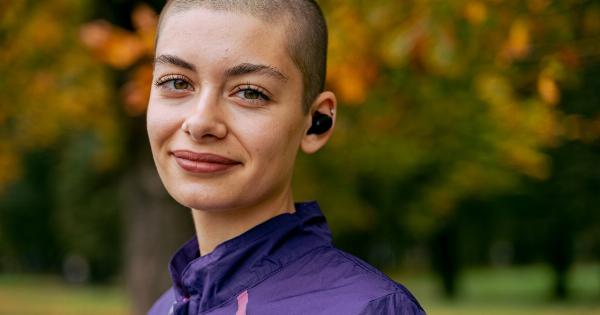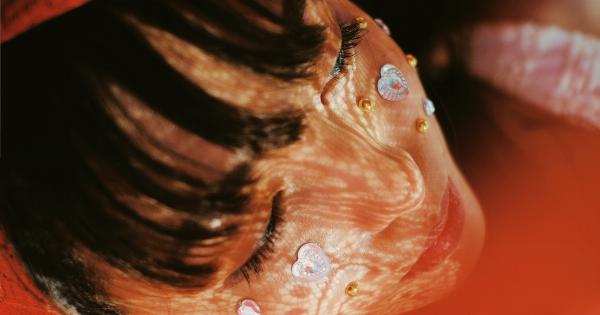Scientists have made a groundbreaking discovery in the field of organ transplantation – the creation of clear organs.
This remarkable feat has the potential to revolutionize the medical industry, offering hope to countless patients in need of organ transplants. The ability to create transparent organs carries numerous benefits, including improved visibility during surgeries, reduced chances of organ rejection, and enhanced understanding of organ development and diseases.
In this article, we will delve into the fascinating world of clear organs and the scientific advancements that have made this breakthrough possible.
What are Clear Organs?
Clear organs, also known as transparent organs, refer to organs that have been rendered transparent, allowing researchers and medical professionals to visualize their internal structures with unprecedented clarity.
Traditional methods of studying organs involve slicing them into thin sections and examining them under a microscope. While this technique provides valuable insights, it is limited in its ability to provide a holistic understanding of the organ’s functioning.
The creation of clear organs has overcome these limitations by allowing the entire organ to be observed in its entirety.
This is achieved through a process called tissue clearing, which involves removing fats, pigments, and other substances that scatter light and hinder transparency. By making organs transparent, scientists are able to examine their intricate structures in detail, shedding light on their complexity and enabling a more comprehensive understanding of their function.
The Tissue Clearing Process
The tissue clearing process involves several steps to transform opaque organs into transparent structures. The exact methods and protocols may vary depending on the organ being studied, but they generally involve the following key steps:.
Step 1: Fixation
The first step in tissue clearing is the fixation of the organ. This involves preserving the organ’s structure and preventing decay. Fixation is typically achieved by immersing the organ in a solution containing fixatives, such as formaldehyde.
This process helps maintain the integrity of the organ’s cellular and extracellular architecture.
Step 2: Delipidation
The next step involves removing lipids, which are fats present in the organ’s cells and tissues. Lipids scatter light and hinder transparency, so their removal is essential for achieving clarity.
Delipidation is typically performed using a variety of chemical agents, such as detergents and organic solvents, which selectively dissolve the lipids without significantly affecting the rest of the organ’s structure.
Step 3: Decolorization
Decolorization is a crucial step in the tissue clearing process. It involves removing pigments and other colored substances that can interfere with the transparency of the organ.
By eliminating these pigments, scientists can achieve a clearer view of the internal structures. Various techniques, including bleaching and soaking the organ in clearing solutions, are utilized for effective decolorization.
Step 4: Refractive Index Matching
Once the organ has been delipidated and decolorized, it must undergo refractive index matching to minimize light scattering at the tissue interfaces.
This is achieved by immersing the organ in a solution with a refractive index similar to that of the sample. Refractive index matching further enhances the transparency of the cleared organ and improves visualization.
Applications of Clear Organs
The creation of clear organs has opened up a multitude of possibilities in various fields, including biomedical research, regenerative medicine, and clinical practice. Here are a few key applications:.
1. Improved Surgical Visualization
Clear organs provide surgeons with an unparalleled view of the organs they are operating on. The enhanced visualization allows for more precise surgical procedures, reducing the risks involved and increasing patient safety.
Surgeons can navigate intricate structures more effectively, ultimately improving surgical outcomes.
2. Understanding Organ Development and Diseases
Transparent organs have provided researchers with an invaluable tool for studying organ development and diseases.
By observing the transparent organs under a microscope, scientists can observe the intricate processes involved in organ formation and gain insights into developmental disorders. Additionally, transparent organs can be used to study diseases and pathologies at a cellular level, potentially leading to the development of more effective treatments.
3. Organ Transplants with Reduced Rejection
The creation of clear organs has the potential to revolutionize organ transplantation.
By making the organs transparent, scientists can better understand their structure and identify potential antigens or markers that trigger rejection by the recipient’s immune system. This knowledge can help in developing strategies to prevent rejection and improve the success rate of organ transplants.
4. Drug Discovery and Testing
Clear organs offer a valuable platform for drug discovery and testing. By studying the effect of drugs on transparent organs, researchers can gain insights into drug efficacy, toxicity, and distribution within the organ.
This knowledge can accelerate the development of new drugs and improve existing treatments, ultimately benefiting patients.
Challenges and Future Directions
While the creation of clear organs is a significant scientific achievement, several challenges still need to be overcome before their widespread adoption.
Tissue clearing methods may result in the loss of certain molecular information, limiting their applicability in certain research areas. Additionally, the process of tissue clearing can be time-consuming and costly.
However, scientists are actively working on refining tissue clearing techniques and developing novel methods to overcome these challenges.
Future advancements may include the development of improved clearing protocols, the use of genetically encoded markers to label specific cell types, and the integration of advanced imaging technologies for real-time visualization of cleared organs.
Conclusion
The creation of clear organs represents a major breakthrough in biomedical research and has the potential to revolutionize organ transplantation and surgical procedures.
By enabling researchers to visualize the internal structures of organs with unparalleled clarity, transparent organs open up new avenues for understanding organ development, studying diseases, and improving patient outcomes. While there are challenges that need to be addressed, ongoing advancements in tissue clearing techniques and imaging technologies provide a promising future for the field.
Clear organs have the potential to transform the medical landscape, offering hope to patients in need of organ transplants and paving the way for innovative therapies.






























